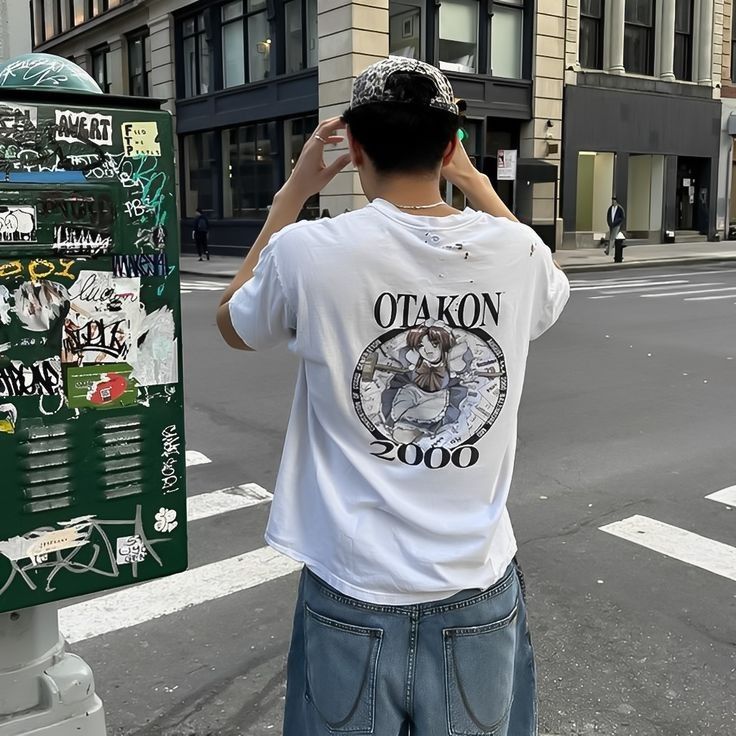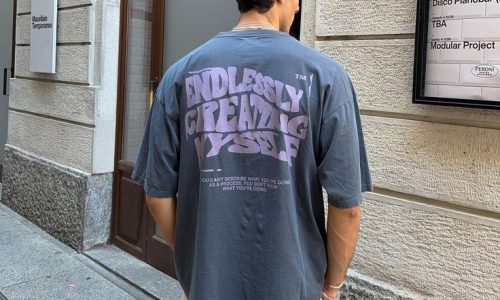
Recycled Runways: Circular Fashion Trends of 2025
Introduction
The year 2025 heralds a revolutionary era in fashion, where circularity is no longer a niche concept but a central framework guiding the entire industry. With environmental degradation and textile waste at the forefront of global concerns, fashion designers, manufacturers, and consumers are collectively pivoting toward models that prioritize longevity, reuse, and resource regeneration. Circular fashion has moved from theoretical sustainability discourse to practical implementation, reshaping both haute couture and ready-to-wear apparel. This new wave of circularity is redefining what it means to be stylish while remaining environmentally conscious.
Designing with Circularity as the Core Principle
At the heart of circular fashion lies the principle of designing products with the end in mind. In 2025, fashion houses and independent creators alike are embedding recyclability and durability into the earliest stages of garment creation. This means choosing mono-material textiles that are easier to process at the end of life, avoiding harmful blends, and eliminating unnecessary trimmings or synthetic additives that hinder recycling.
Pattern-making is undergoing a transformation as well. Techniques such as zero-waste cutting and digital design mapping are ensuring that every inch of fabric is used purposefully. Modular fashion, where garments are designed with detachable and interchangeable elements, is gaining momentum. This allows consumers to refresh and restyle pieces without discarding them. The goal is not only to extend product longevity but to foster a relationship between the wearer and the garment based on creativity, care, and reusability.
Revolution in Fabric Recycling Technologies
Recycling textiles was once a cumbersome and ineffective process, limited by technological constraints and fabric contamination. But in 2025, significant advancements in recycling infrastructure are unlocking new potentials. Chemical recycling methods now allow for the breakdown of complex blends into pure fibers, making it feasible to recover high-quality materials from discarded garments.
Mechanical recycling has also improved, with innovations that retain fiber strength and color integrity. Closed-loop systems have become more widespread, wherein old garments are collected, deconstructed, and re-spun into new yarns without degrading quality. Many brands are pioneering internal recycling programs, encouraging customers to return used items for regeneration into next-season collections. This not only minimizes raw material usage but also instills a culture of accountability and reuse.
Recommerce and the Rise of Second Life Fashion
Recommerce—the buying and selling of pre-owned clothing—has evolved from a grassroots movement to a full-fledged economic sector. Digital platforms dedicated to resale, vintage curation, and peer-to-peer exchange are flourishing, and mainstream brands are incorporating resale sections into their online stores. The stigma once associated with secondhand clothing has dissolved, replaced by a sense of uniqueness, history, and purpose.
In 2025, recommerce is a vital component of the circular fashion cycle. It keeps clothing in use longer, reduces demand for new production, and appeals to consumers who value both affordability and ecological impact. Brands that embrace this model are not only meeting demand but also fostering loyal communities that see value beyond trends. The emphasis is shifting from ownership to experience, from accumulation to mindful curation.
Garment Repair, Alteration, and Customization as Standard Services
A major cultural shift has occurred in how clothing is treated post-purchase. Repair and alteration services are no longer the domain of specialty tailors but are widely available through fashion retailers, community hubs, and mobile service providers. In 2025, repairing a seam or refreshing a faded piece is seen as a creative act rather than a chore.
Brands are integrating DIY repair kits with product deliveries, offering digital tutorials, and providing lifetime support to encourage customers to maintain and personalize their pieces. Alteration stations are a common feature in flagship stores, promoting garment longevity and reducing waste. Customization adds an additional layer of value, turning standard items into one-of-a-kind statements that reflect personal identity while avoiding disposal.
Digital Fashion and Virtual Wardrobes Reducing Physical Waste
With the digital realm expanding rapidly, virtual fashion has emerged as a disruptive force in 2025. Avatars, social media personas, and digital influencers are wearing clothes that exist solely in cyberspace, eliminating the need for physical production. This trend is particularly strong among Gen Z and Gen Alpha, who value expressive freedom without contributing to overproduction.
Virtual wardrobes enable consumers to enjoy endless style possibilities while reducing environmental impact. High-end fashion houses are releasing digital collections alongside traditional ones, and blockchain verification ensures ownership and authenticity. By embracing digital clothing, the fashion industry is tapping into a realm where creativity knows no physical boundaries—and where sustainability is inherent.
Material Innovation with Regenerative Properties
Sustainability in 2025 isn’t only about reducing harm—it’s about actively restoring ecosystems. Designers are experimenting with materials that have regenerative properties, such as seaweed-based textiles that absorb carbon dioxide during growth or mycelium leather that composts safely at the end of its life. These fabrics go beyond neutrality; they give back to the planet.
Many forward-thinking brands are sourcing such materials to align their products with environmental restoration goals. These innovations reflect a mindset shift where fashion is seen not just as a product, but as a tool for healing the earth. From farm to fiber, each stage of the supply chain is reimagined through the lens of regeneration and renewal.
Consumer Education and Circular Literacy
For circular fashion to thrive, consumers must be informed and empowered. In 2025, education plays a vital role in shaping purchasing habits, garment care, and disposal choices. Retailers are embedding sustainability literacy into their brand messaging, through blogs, packaging, QR codes, and augmented reality experiences that explain the lifecycle of each product.
Workshops, webinars, and in-store events teach everything from textile science to repair techniques. Schools are integrating sustainable fashion into their curriculums, cultivating a new generation of environmentally conscious designers and shoppers. The rise of circular literacy ensures that every consumer decision is made with awareness and intention, accelerating the shift from linear to circular systems.
Collaborative Ecosystems and Industry Synergy
Circular fashion thrives in interconnected systems where collaboration replaces competition. In 2025, brands, suppliers, waste management companies, and local governments are forming strategic alliances to support material recovery, recycling infrastructure, and shared logistics. Open-source design platforms encourage transparency and replication of successful practices across the sector.
Many companies are now joining cooperative initiatives and circular economy clusters that pool resources, data, and expertise. These ecosystems allow for scalable solutions and innovation, helping circular fashion move from boutique initiatives to industry-wide transformation. Synergy becomes a key driver of resilience and creativity, as partners unite around shared environmental goals.
Conclusion: A Future Sewn with Continuity
The transformation witnessed in 2025 is a testament to the fashion industry’s capacity for reinvention and resilience. Circular fashion is no longer an aspirational ideal—it is the new standard. Recycled runways are no longer symbolic but practical pathways toward a fashion culture that honors resources, values longevity, and celebrates continual rebirth.
Fashion exemplars around the globe are demonstrating that elegance and ethics can coexist seamlessly. By weaving circularity into design, production, and customer engagement, the movement helps reimagine fashion as a regenerative force. The journey toward a circular future is ongoing, but with every recycled fiber and renewed garment, it gains strength and substance. This is fashion redefined—not just worn, but lived with purpose and pride.


